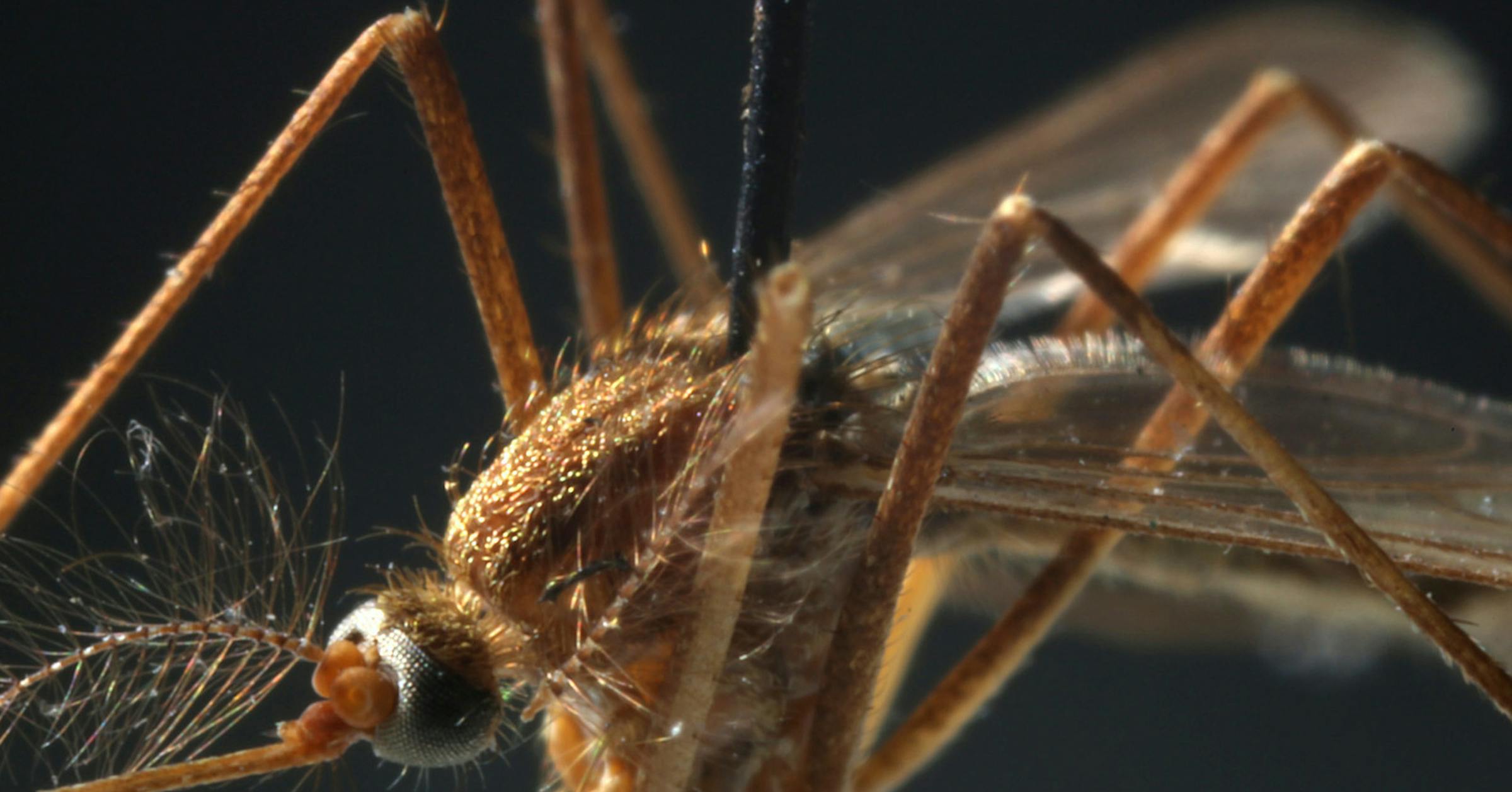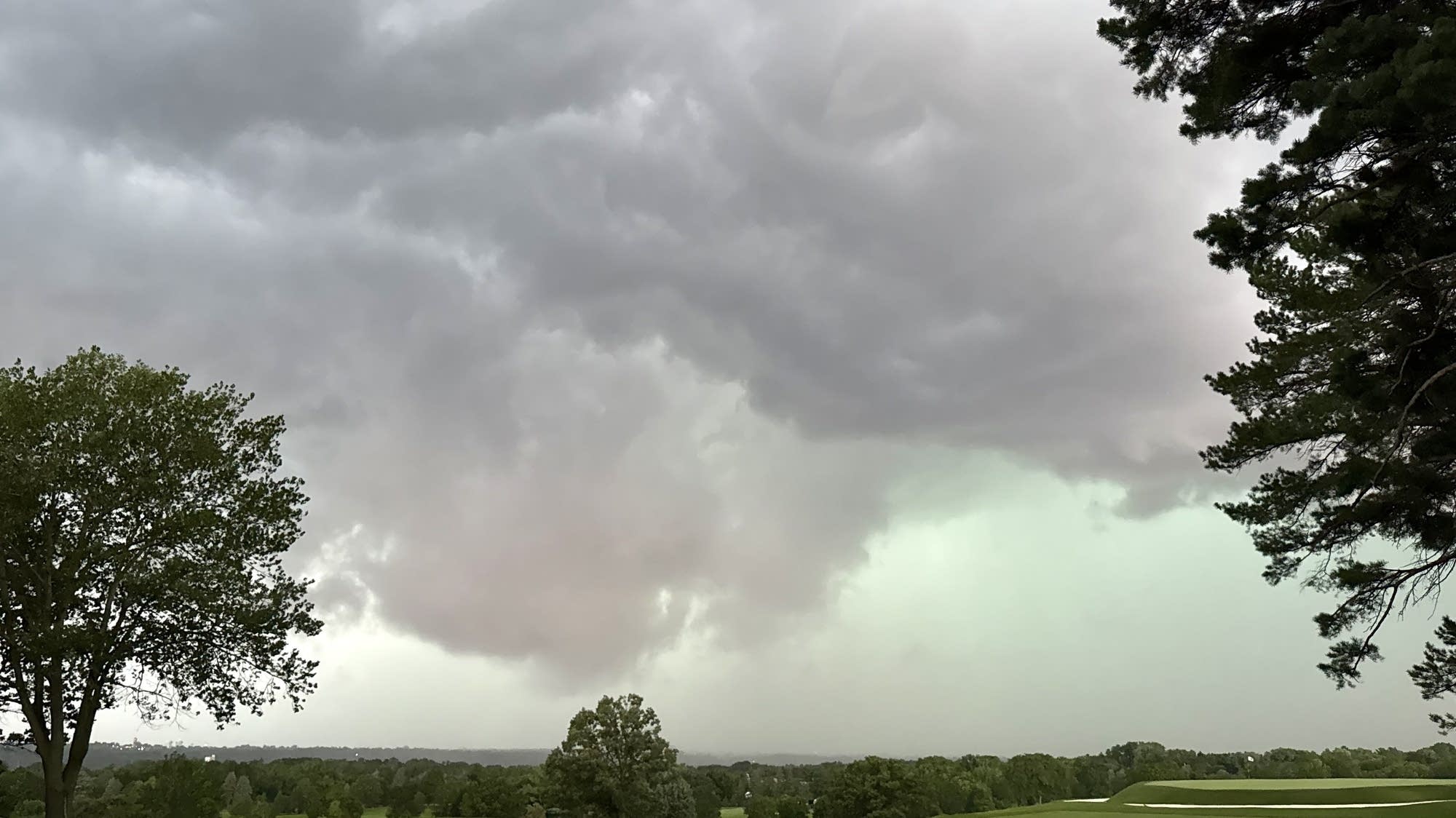Minnesota faces public health threat as West Nile virus peak season approaches
#minnesota #public_health #west_nile_virus #mosquito-borne_virus #department_of_health

Introduction
The state of Minnesota is currently facing a serious public health threat as the peak season for the West Nile virus approaches. The mosquito-borne virus, which has been confirmed in 20 people, has already claimed two lives in 2025. The Minnesota Department of Health has issued a warning and is urging residents to take necessary precautions to avoid contracting the virus.
Key Details
The West Nile virus, first detected in the United States in 1999, is transmitted through the bites of infected mosquitoes. While most people who are infected do not develop any symptoms, some may experience flu-like symptoms such as fever, headache, and body aches. In severe cases, the virus can cause inflammation of the brain or surrounding tissues, which can result in long-term neurological effects or even death.
The virus is most active during the summer months when mosquitoes are most abundant. This year, the peak season for the West Nile virus in Minnesota is expected to occur in late July and early August. The Department of Health is urging residents to take precautions such as using insect repellent, wearing long-sleeved clothing, and eliminating standing water around their homes to reduce the risk of mosquito bites.
Impact
The confirmation of two fatalities in Minnesota serves as a reminder of the seriousness of the West Nile virus and the importance of taking necessary precautions. The Department of Health is
About the Organizations Mentioned
Minnesota Department of Health
The **Minnesota Department of Health (MDH)** is the state’s leading public health agency dedicated to protecting, maintaining, and improving the health of all Minnesotans. Established in its current form in 1977 after the abolition of the original state board of health founded in 1872, MDH operates statewide from its headquarters in Saint Paul and multiple regional offices[1][3]. Its statutory mission encompasses a wide array of public health responsibilities, including disease prevention, environmental health, healthcare quality oversight, and emergency preparedness for events like epidemics, natural disasters, and bioterrorism threats[1][2]. MDH’s comprehensive programs cover infectious disease monitoring and outbreak response, ensuring safe drinking water and food, supporting nutrition programs for vulnerable populations, regulating health care facilities, and improving mental health and chronic disease prevention[2]. The department also issues vital records such as birth and death certificates and screens newborns for rare disorders. It plays a pivotal role in addressing climate change’s health impacts and promotes health equity by partnering closely with local public health agencies, tribal governments, healthcare providers, and federal entities[2][4]. With a skilled workforce of approximately 1,789 professionals—including doctors, epidemiologists, and health educators—and an annual budget exceeding $800 million, MDH maintains rigorous standards of public health excellence and accreditation[4]. A notable recent innovation includes the launch of "Docket," a mobile app providing Minnesotans easy access to their immunization records through the state’s Immunization Information Connection system[3]. MDH's influence extends beyond direct health services; it leverages data analytics and policy development to improve healthcare delivery and environmental health outcomes statewide. Its longstanding history, broad mandate, and adoption of technology highlight its role as a vital institution at the intersection of public health, policy, and innovation in Minnesota[1][2][3][4].










